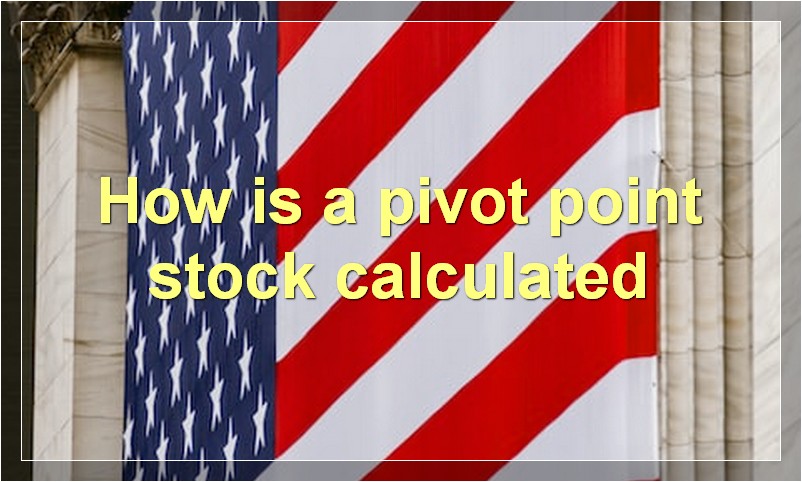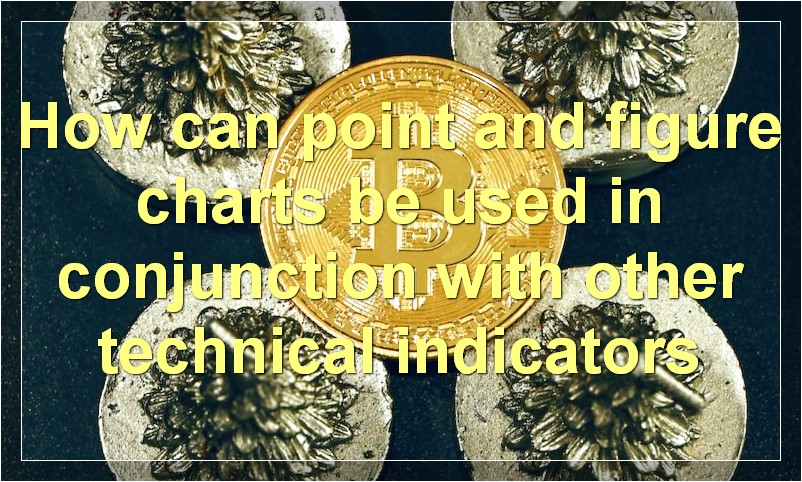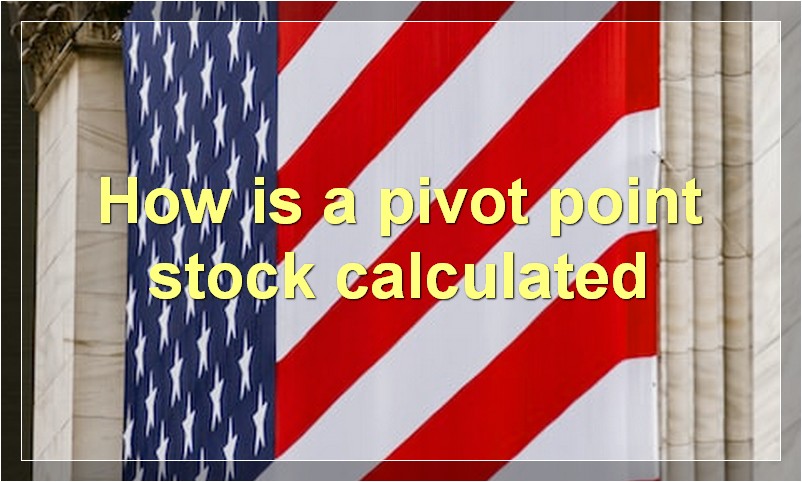If you’re looking to get started in point and figure charting, this article is for you. Here we will cover the basics of what point and figure charting is, how it works, and why it can be an effective tool for traders of all levels.
What is a point and figure chart
A point and figure chart is a graphical representation of price movements in the market. It is one of the most popular tools used by traders to analyze price action and make trading decisions.
The point and figure chart is composed of a series of columns that represent price movements. Each column represents a certain price range, and each row represents a certain time period. The first column is the starting point, and the last column is the current price.
The point and figure chart is a very useful tool for analyzing price action. It can help you identify trends, support and resistance levels, and potential reversals.
How is a point and figure chart constructed

Point and figure charts are constructed by plotting a column of Xs or Os depending on the direction of the price movement. If prices move up, a column of Xs is plotted. If prices move down, a column of Os is plotted. The point and figure chart below shows how this works.
The first column shows a series of rising prices, so a column of Xs is plotted. The second column shows a series of falling prices, so a column of Os is plotted. The third column shows a period of consolidation, so no Xs or Os are plotted. The fourth column shows prices rising again, so another column of Xs is plotted.
This process is continued until the desired time frame is reached. For example, a point and figure chart can be constructed for any time frame from 1 minute to 1 month.
What are the benefits of using a point and figure chart
There are many benefits of using a point and figure chart, including the ability to easily identify trends, support and resistance levels, and breakout levels. These features can help traders make better-informed decisions about when to enter and exit trades.
Point and figure charts are also easy to construct and interpret, which makes them well-suited for beginner and experienced traders alike. Additionally, because they only use price data and do not rely on indicators or other forms of technical analysis, point and figure charts can be used as a standalone tool or in conjunction with other methods.
How can a point and figure chart be used to identify trading opportunities
A point and figure chart is a graphical representation of price action that is used by traders to identify potential trading opportunities. The key elements of a point and figure chart are the boxes and lines that represent price movements.
Boxes are used to represent price changes, with each box representing a specific price change. For example, a 1-box represents a $1 move in price, while a 2-box represents a $2 move in price. Lines are used to connect the boxes and show the overall direction of price movement.
Traders use point and figure charts to identify potential trading opportunities by looking for specific price patterns. These patterns can be used to indicate a trend reversal or a continuation of the current trend.
What are some common patterns that occur on point and figure charts
Point and figure charting is a graphical representation of price movements that uses a specific set of rules to identify potential reversals in the market. These charts are constructed using a given number of columns, with each column representing a specific time frame. The number of columns used will depend on the time frame being analyzed, with shorter time frames requiring more columns.
The most important aspect of point and figure charting is the identification of support and resistance levels. Support refers to a level where prices have repeatedly found buyers and reversed course. Resistance is the opposite, and represents a level where prices have repeatedly failed to break out and have instead reversed lower. By identifying these levels, traders can look for opportunities to enter the market when prices approach them from an advantageous direction.
There are a few common patterns that occur on point and figure charts. One is called a “double top”, which happens when prices fail to break out above a resistance level twice before reversing lower. This suggests that the resistance level is strong and that prices are likely to continue moving lower. A “double bottom” is the opposite, and happens when prices fail to break out below a support level twice before reversing higher. This suggests that the support level is strong and that prices are likely to continue moving higher.
Another common pattern is called a “head and shoulders”. This happens when prices form two peaks, with the second peak being lower than the first. This is followed by a third peak which is again lower than the first, forming the “head” and “shoulders” of the pattern. This pattern is considered bearish, as it suggests that prices are likely to continue moving lower after breaking out below the “neckline” – the line connecting the lows of the two shoulders.
These are just a few of the many patterns that can be found on point and figure charts. By understanding how these patterns form and what they mean, traders can use them to better understand market movements and make more informed trading decisions.
How can point and figure charts be used in conjunction with other technical indicators

Point and figure charts are one of the oldest types of technical analysis tools, dating back to the late 1800s. They are used to track price movements and predict future price direction. Point and figure charts are created by plotting a series of Xs and Os on a graph. The Xs represent rising prices, while the Os represent falling prices. The number of Xs or Os in a column represents the magnitude of the price move.
Point and figure charts can be used in conjunction with other technical indicators to provide a more complete picture of the market. For example, they can be used to confirm trends identified using moving averages or support and resistance levels. Point and figure charts can also be used to identify breakout opportunities. When prices break out above or below key price levels, it can signal a change in trend.
While point and figure charts may seem outdated, they are still useful tools that can be used to supplement other technical indicators.
What are the potential drawbacks of using a point and figure chart
There are a few potential drawbacks to using a point and figure chart. First, if the data is volatile, the chart can be difficult to interpret. Second, point and figure charts can be slow to react to changes in the underlying data. Finally, they can be subject to interpretation bias.
How can traders adjust their techniques to account for the limitations of point and figure charts
There are a few ways that traders can adjust their techniques to account for the limitations of point and figure charts. One way is to use other types of charts in conjunction with point and figure charts. This can help to provide a more complete picture of the market. Another way is to use filters or indicators to help identify trends. Finally, traders can also use price targets to exit positions.
Are there any software programs that can automate the construction of point and figure charts
There are a few software programs that can automate the construction of point and figure charts. However, they are not as accurate as hand-drawn charts and may not be updated as frequently.
Can point and figure charting be applied to any market or security
Point and figure charting is a type of charting that is used by traders to predict future price movements in the market. This method of charting is based on the movement of prices, and not on time. This type of charting can be applied to any market or security, and is often used by day traders and scalpers.

